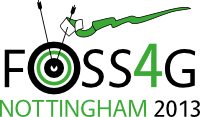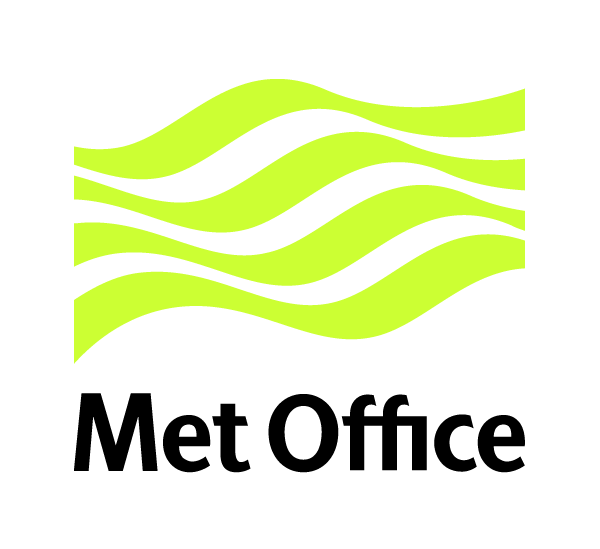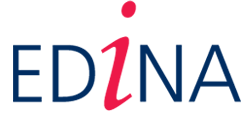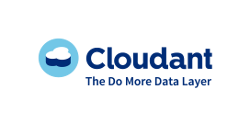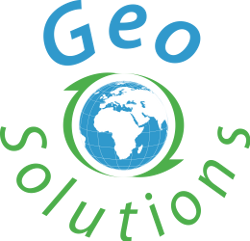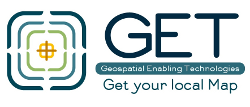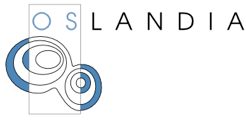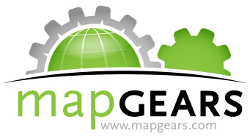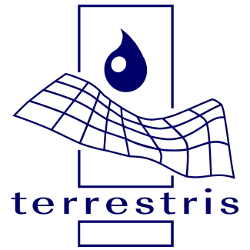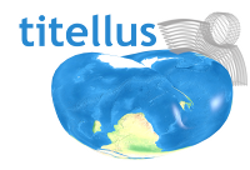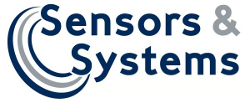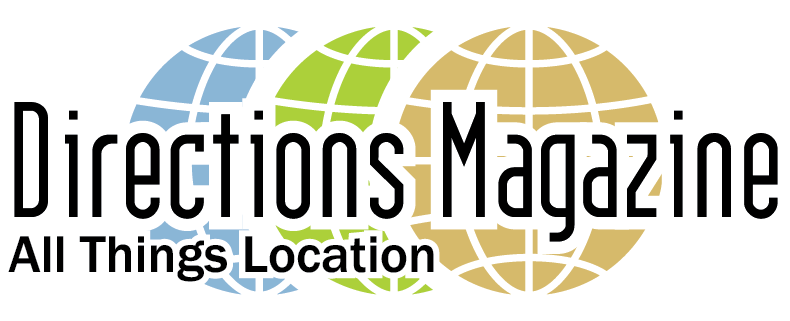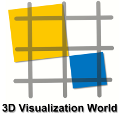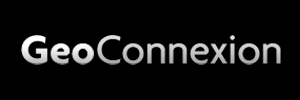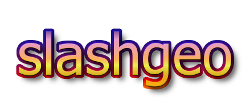Who are you?
My name is Sizwe Mabaso and I am from Swaziland. I am currently studying for a PhD at the University of Aberystwyth looking at “Measuring, Reporting and Verification (MRV) for Tanzanian forests using space and airborne remote sensing data”. Through this I have started using open source software. Prior to starting my PhD I was involved in teaching undergraduates and research at the University of Swaziland. During this time I became aware of the expensive nature of some software packages which can act to exclude users in developing countries.
The long-awaited month of Maptember 2013 came without fail, and over 800 delegates converged at Mappingham, oops, I mean Nottingham.
What things really stood out?
- Range of presentations – The programme was rich and packed with amazing presentations, keynote talks, workshops and entertainment. Some presentations were quite complex, but there were also loads that accommodated beginners like myself.
- GDAL/OGR talks by Frank - In my research, I work with massive datasets that need a lot of translation, especially to enable their integration. I have been using GDAL and OGR libraries, together with my research group’s library (RSGISLib). I was therefore very curious to go to GDAL/OGR project presentations. I hadn’t appreciated that the talk would be delivered by Frank Warmerdam, the man behind GDAL. This was one of the highlights of the conference.
- QGIS 2.0 Dufour - The new version of this ‘cutting edge’ software boasts of a wide range of either newly introduced or improved functions. The user interface, layout of side tabs, navigation, symbology, map composer, programmability, plugins, analysis tools and browser functions have all been massively improved, while the whole labelling system has been overhauled. Well, gone are the days of confusion caused by the ‘quantum’ aspect of the software. With effect from this release, it was announced that Quantum GIS shall be known as QGIS. This is a great open source software and tool that is not just desktop software, but as it was highlighted during the conference, is also a GIS platform.
Reflection
FOSS4G 2013 has come and gone so quick, but has left me with a great insight on open source software. Even a book is not enough to record the endless experiences and lessons learnt from FOSS4G 2013. Besides learning and getting updates on the work of professionals and experts in open source software development, I got a lifetime opportunity to network with lots of people from diverse professions and background. Some of these are developers of software and codes’ libraries that are useful in my studies.
I am forever indebted to FOSS4G for awarding me the academic bursary that enabled me to be part of such a great event. Special thanks to the whole FOSS4G Organising Team for the wonderful organisation of a very educational conference, loaded with endless entertainment, ensuring great time and opportunities for networking.
FOSS4G 2013 academic bursaries were sponsored by EDINA. EDINA supports the use of spatial data in higher and further education in the UK. EDINA relies heavily on free and open software to deliver its service and is proud to support FOSS4G 2013.
